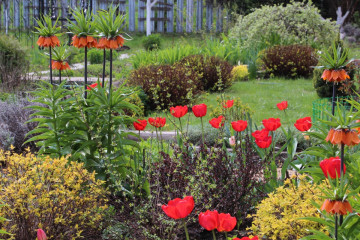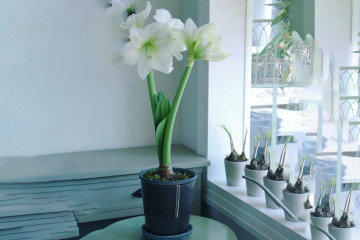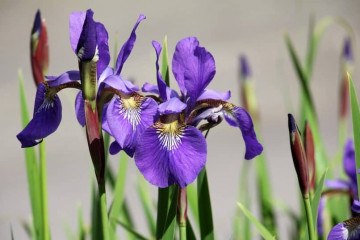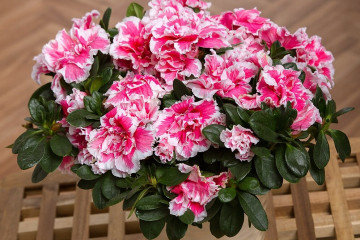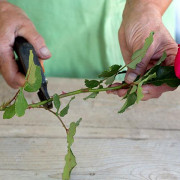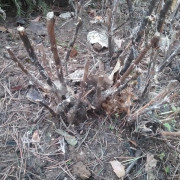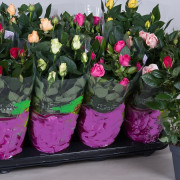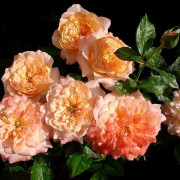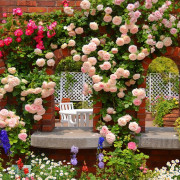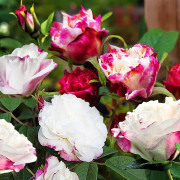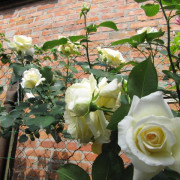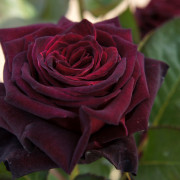Caring for roses during flowering and after
Content:
A rose bush that refuses to bloom or forms few buds is a frequent reason for frustration for novice growers. Caring for roses during flowering requires certain skills. But by consistently performing the necessary agrotechnical techniques, you can achieve good results by providing a large number of flowers on the plant during the growing season.
How to care for roses in summer for abundant flowering
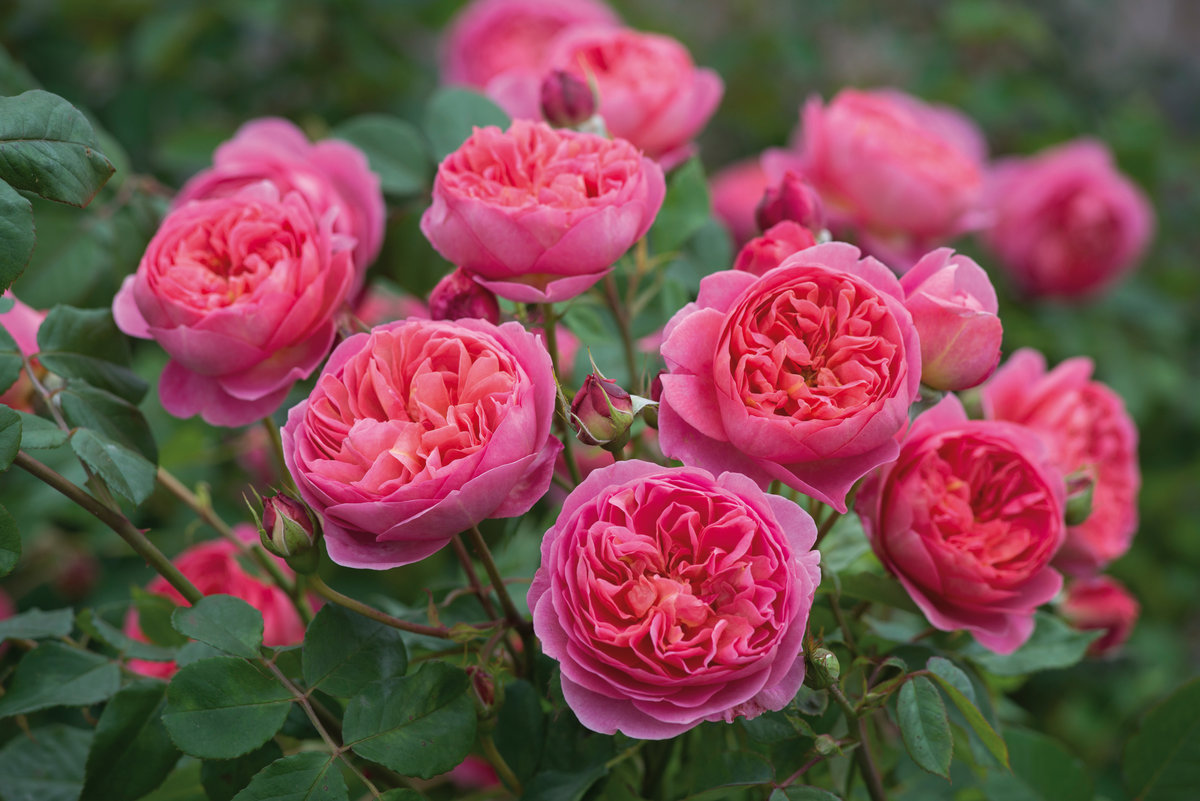
Lush bloom of David Austin rose
To keep the rose bushes strong and healthy, you should choose the right place for planting the perennial. Lush flowering is possible only in places with good lighting (more than 12 hours a day). The flower grows well in elevated areas, on the south side of buildings that protect the rose from drafts and northern winds.
Poor rose bloom is often observed on clayey, acidified soils, in lowlands with spring stagnation of water. Perennial prefers loose fertile soils with good air and water permeability. Spring digging and systematic loosening of the near-stem circle increases the supply of oxygen to the roots of the rose.
Compliance with the schedule of watering and fertilizing is of great importance for the development of the bush. Lack or excess of moisture negatively affects the budding and flowering process. Timely removal of wilted inflorescences - stimulates the emergence of new shoots.
Differences in caring for single and repeated flowering roses
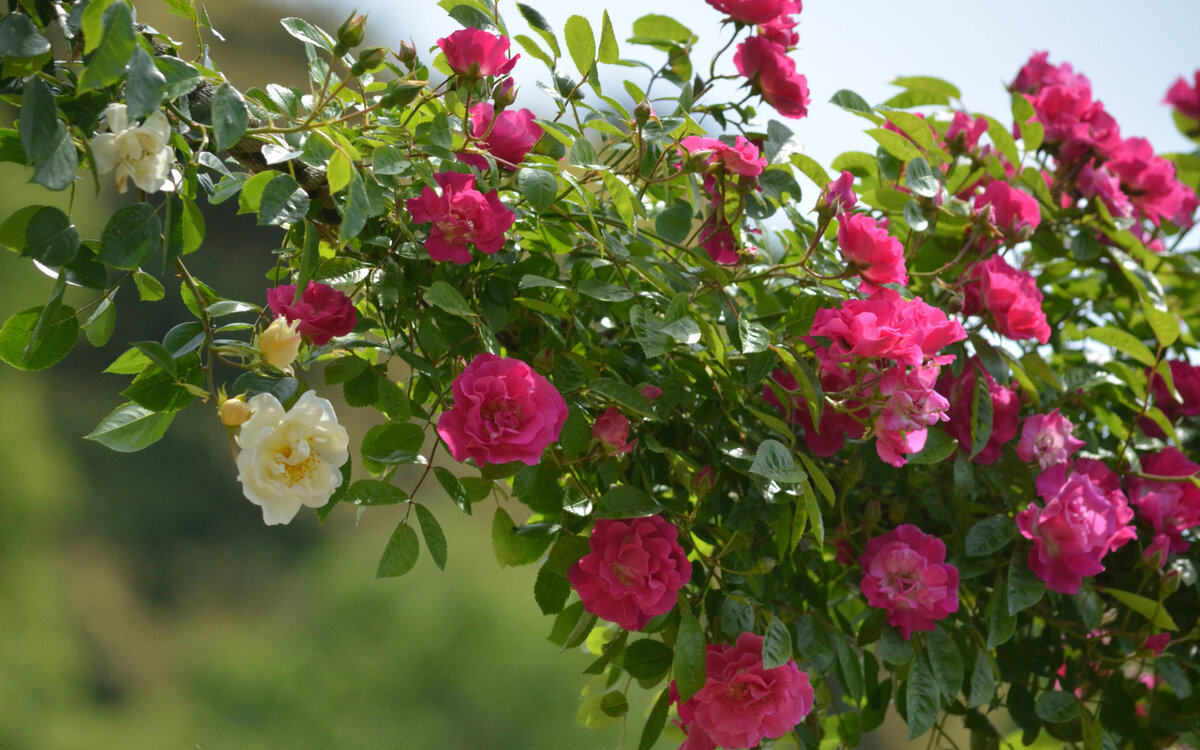
Climbing rose re-blooming
Hybrid tea roses bloom throughout the growing season. Modern varieties of floribunda roses, climbing, park and ground cover species have two or more flowering waves. To strengthen the flower and stimulate the re-formation of buds, professionals recommend several methods:
- pruning the rose after flowering switches the flower from the fruiting program to the regeneration program;
- two weeks after pruning, spray the rose over the foliage with the “Bud” or “Ovary” preparations;
- in the periods between the waves of flowering, supportive feeding of the bushes with complex mineral fertilizers is needed.
Caring for roses during flowering
Growing rose bushes in summer is a set of activities aimed at the full development of perennials. Proper care ensures that the potential of the plant is used to fully develop the varietal qualities.
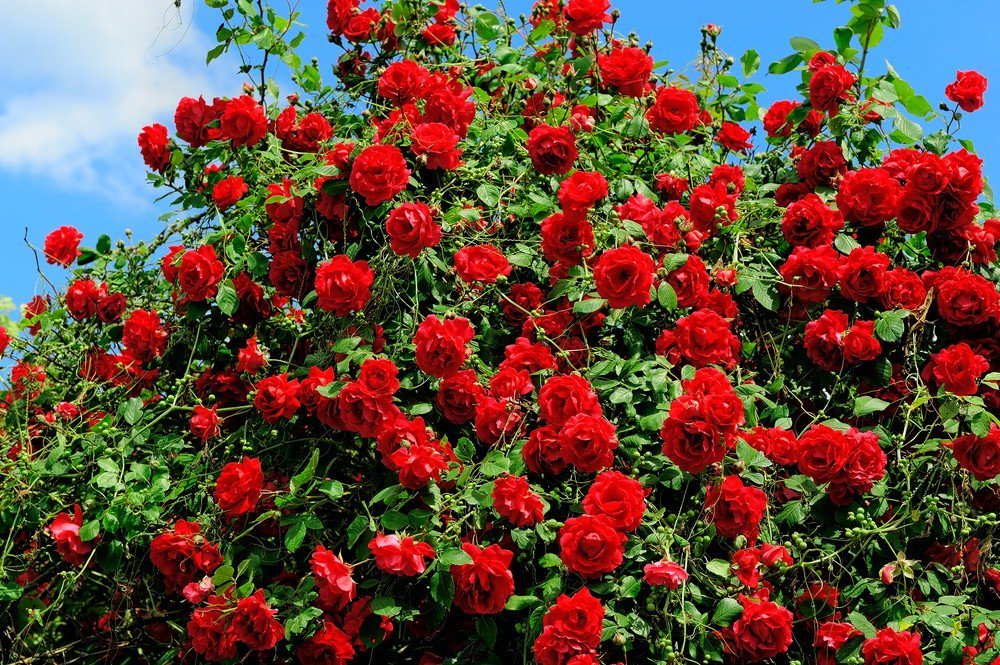
Proper care is the key to abundant flowering
Watering rules and humidity
An important element of the agricultural technique of roses is adherence to the irrigation schedule. A dry topsoil negatively affects flowering, excessive waterlogging leads to the development of fungal diseases.
In dry weather, the flower is watered abundantly once a week, trying to direct a stream of water under the root without soaking the stems and foliage. The water rate per plant is 10-15 liters.
Soil quality and top dressing
Rose bushes grow well on loose, humus-rich soils with a slightly acidic reaction (pH - 6-6.5).To deoxidize the soil, dolomite flour or ash is introduced into the soil before planting, sand is added to make the substrate looser.
Caring for roses in summer includes feeding:
- At the end of April, when digging a trunk circle, nitrogen fertilizers (urea, ammonium nitrate) 1.5-2 tbsp are applied. l. for 1 sq. m.
- In May, for the development of shoots, plants are fed with mineral fertilizers for flowers or infusion of mullein in a ratio of 1:10, 2-3 liters per bush. 1 tbsp. l of wood ash is bred in a bucket of water, the plant is watered with strained infusion.
- During the budding period (first half of June), the flower is fed with a complex mineral fertilizer for roses.
- Summer feeding is carried out with a weak infusion of chicken droppings 1:15, plants are fertilized with a solution of humate.
- Since mid-August, roses are fed with phosphorus-potassium fertilizers. Nitrogen causes the growth of shoots that do not have time to ripen and weaken the plant during the wintering period.
What to do with faded buds
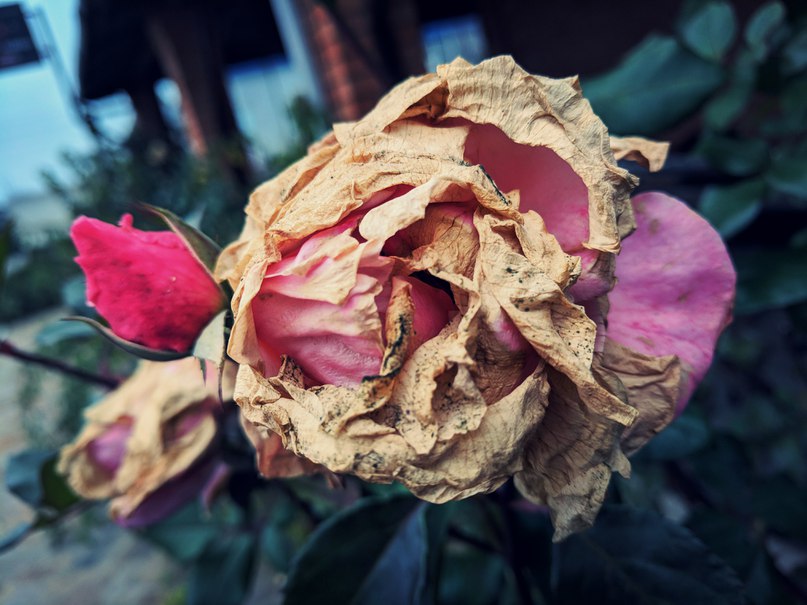
Withered flowers should be removed regularly
Withered flowers spoil the appearance of the plant, make it untidy. The formation of ovaries and fruit formation significantly weaken the bush. Plants with uncut, withered flowers may not bloom again.
Faded buds and formed ovaries should be systematically removed. At the end of summer, only the petals are removed, leaving part of the ovaries. This gives the plant a signal about the approach of cold weather and the direction of forces to ripen the shoots.
Rose bush care after flowering
During the formation of buds and blooming of a large number of flowers, roses spend a significant amount of vitality. When growing a perennial, it is important to know how to care for roses after flowering in summer.
Features of watering after flowering
In the summer, a rose without flowers needs weekly watering. From the end of August, the bushes are watered less often - once every two weeks, and in September they come depending on the weather. If there is no heat, watering is stopped.
How to prune correctly, summer pruning scheme
After flowering, roses respond positively to pruning. The event is carried out in dry sunny weather using a disinfected tool: a sharp knife, pruner or scissors.
Step-by-step instruction:
- Shoots with wilted flowers or brushes of faded buds are shortened by about a third. The cut is made at an angle of 45˚, 5 mm higher from the outer bud at the base of the leaf.
- Remove weak lashes growing inside the bush.
- Blind shoots that do not have young leaves at the ends are cut out. These branches are not productive, they thicken the plant.
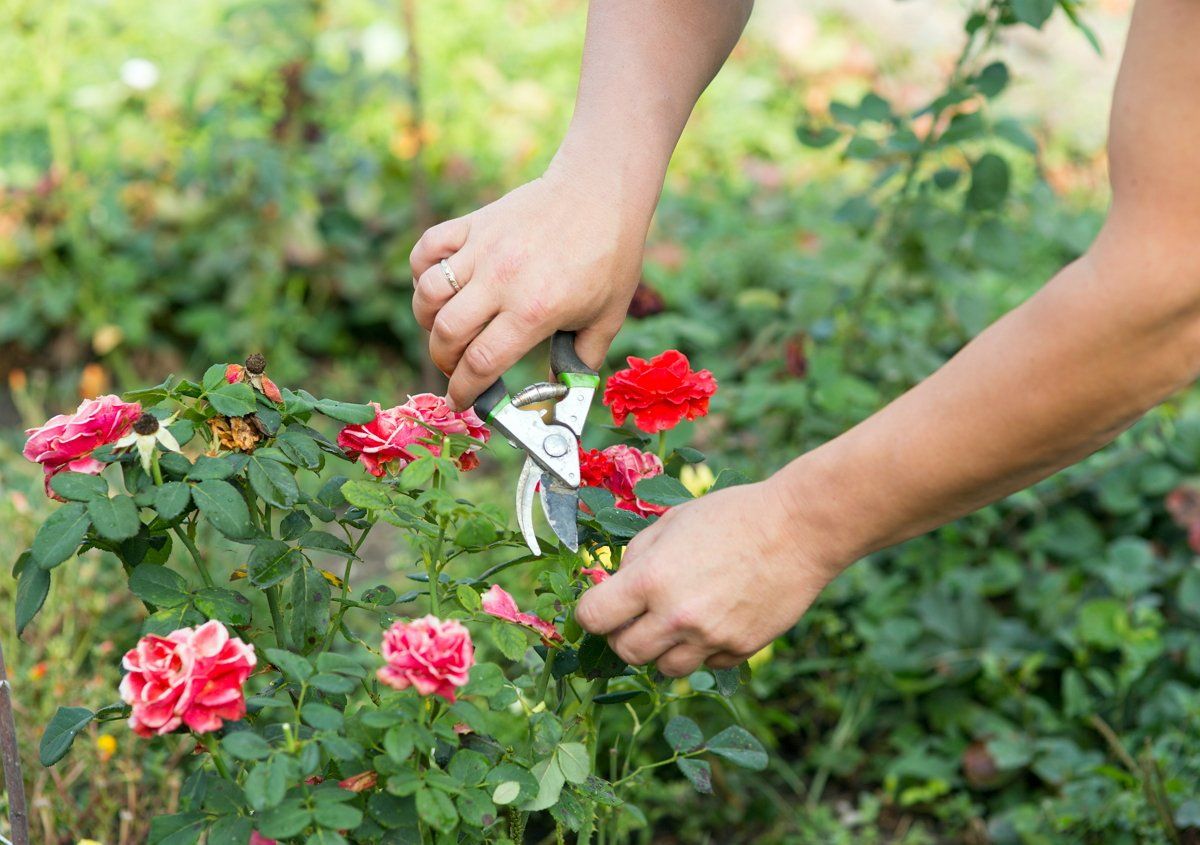
Summer pruning rose bush
After pruning, a lush but sparse crown is formed. The dormant outer buds start to grow and form new shoots with buds.
Revitalizing rose dressing
After each wave of flowering, plants need supportive feedings containing a minimum of nitrogen, phosphorus, potassium and trace elements:
- phosphorus - increases the quantity and quality of buds;
- potassium - nourishes the root system, stimulates bud formation;
- iron and manganese - prevent the development of chlorosis on the leaves;
- magnesium - enhances the color saturation of the petals;
- boron - activates the defenses of the bush, helps the plant to withstand the load of flower brushes.
The positive effect is enhanced by the alternation of organic and mineral fertilizers.
Organic infusion recipes:
- Chicken droppings, diluted in a ratio of 1:10, insist for a day, water the bush under the root.
- Fresh manure with water 1:10 is left for 24 hours, watered with an infusion of 2-3 liters per plant.
- The container is filled with 2/3 mowed chopped grass, add 1 tbsp. l. baking soda, top up with water. Leave to ferment for 3-5 days.The resulting mixture is diluted 1: 5 with water and watered with rose bushes.
The best mineral fertilizers used for roses in between flowering:
- Agricola-Aqua - contains basic elements in the right proportion;
- "Fertile-Leica" - in addition to nitrogen, phosphorus and potassium contains the main trace elements;
- Fertika is a mineral complex enriched with trace elements and humates.
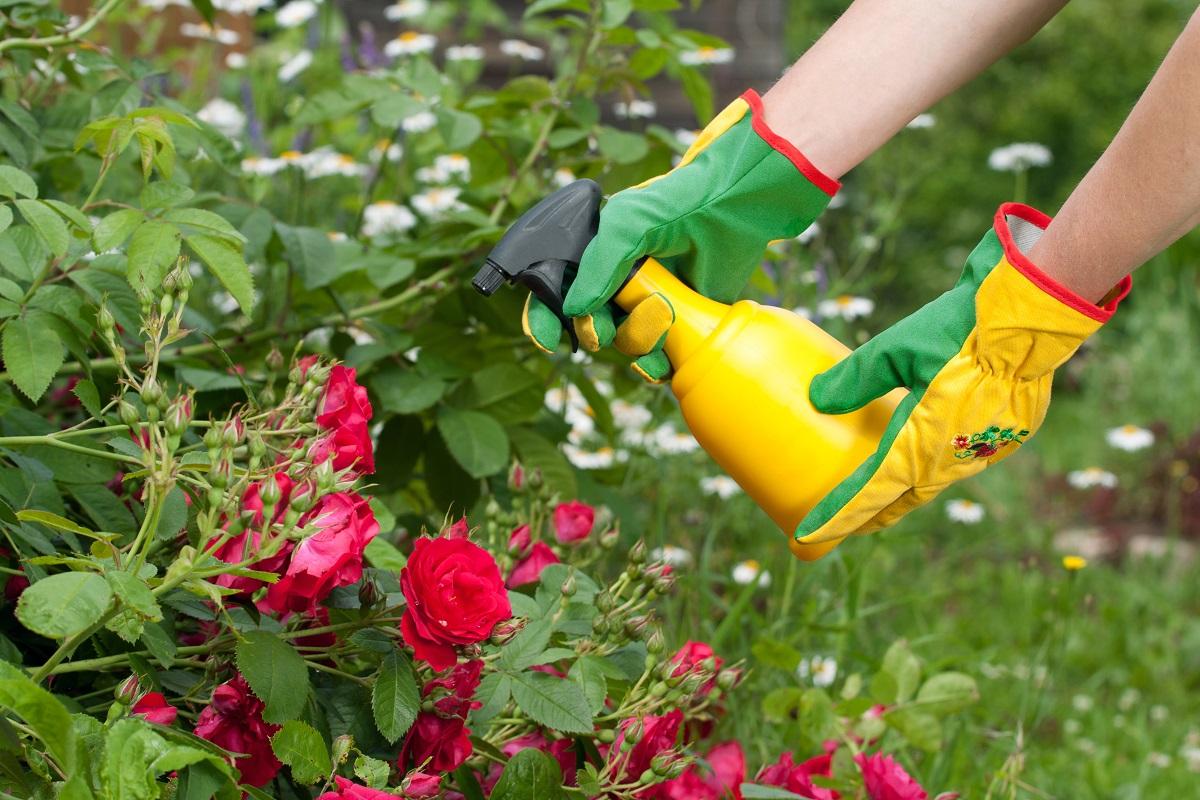
Foliar dressing with mineral fertilizer
Mulching as an alternative to weeding and a type of top dressing
Mulching is a useful agronomic technique that allows you to facilitate painstaking care of roses and improve their flowering. Laying mulch solves several problems at once:
- suppresses the growth of weeds, eliminates the need for frequent loosening of the trunk circle of the bush;
- improves the structure of the soil, saturates it with nitrogen and other valuable minerals and trace elements;
- retains the moisture of the top layer of the soil, insulates the plant, helps to avoid sudden changes in temperature;
- reduces the impact of fungal pathogens and soil pests.
The layer of mulch on clay soils should not exceed 2-3 cm, on light loose soils - 5-8 cm.
The most common materials for mulching roses:
- Peat is a loose material, additional organic feeding. It is recommended to use low-lying, having less acidity.
- Compost - nourishes the plant, protects the bushes from sudden changes in temperature. May become a source of fungal diseases of roses.
- Chopped cut grass - when decomposed, becomes a source of nutrients for the crop. Protects the soil from overheating and waterlogging.
- Sawdust, needles - prevent the growth of weeds, insulate the root system. They negatively affect the absorption of nitrogen by the plant.
- Crushed stone and river sand - add decorative effect, facilitate maintenance, do not serve as top dressing.

Bush mulching
Any garden will be decorated with gorgeous rose bushes covered with bright fragrant flowers. Using tips on how to properly care for roses during and after flowering, you can achieve impressive results.
